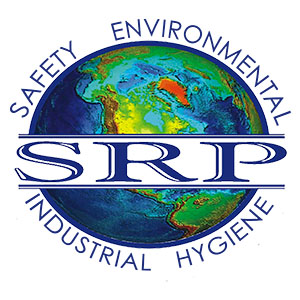KTBS.com – Shreveport, LA News, Weather and Sports
Shreveport LA -To say the flooding has been a headache for impacted Arklatex homeowners and businesses would be an understatement. There’s so much to clean-up, restore, and deal with. But above everything, your health and the health of your home is of the utmost importance. And since the floodwater has been everywhere – we wanted to know, what exactly is in the flood water?
“A lot of times when you have a flood, you have bacteria that’s been in rivers, it’s been in areas, not the cleanest of areas you want to be coming in contact with. Especially if it comes into contact with waste water, the waste water is a big issue.”
KTBS 3 went out with Keith Sampson of SRP Environmental to test four outdoor spots in our area that were heavily flooded: River Bluff in Bossier City, the Bossier Sheriff substation area on Arthur Ray Teague parkway, Les Maisons subdivision in Shreveport, and Shreveport’s Riverview Park. We tested the water a few days after much of the river had receded, but there were still several pockets of flood water around. Sampson tested two categories – total coliform – the bacteria found in human and animal waste – and total bacteria- looking at other types of bacteria.
First, total coliform – which came back negative in all four spots. Sampson says the negative result makes sense because we tested outdoors and have seen a lot of rain since the flooding. But he says his company has seen positive results in homes and businesses in Shreveport-Bossier.
“We sampled outside the home so you expect that to be diluted so those were negative, inside the home what you’re going to find out is when you have any type of wastewater, or there’s any type of fecal coliform and the water actually goes down, it’s going to be left on the building materials so it’ll have to be tested, and cleaned, and removed.”
Next – total bacteria. And we found what Keith described as elevated levels of bacteria.
In River Bluff – 7.4 million colony forming units (CFU) per 100 ml.
Arthur Ray Teague Parkway- 100,000 CFU/100 ml.
Riverview Park in Shreveport – 1.17 million CFU/100 ml.
Les Maisons – 530,000 CFU/100 ml.
Is that a lot? Sampson says it is. And the test revealed a long list of different kinds of bacteria: Aeromonas, Gram-positive coryneform bacillus, Acinetobacter baumannii, Chryseobacterium spp., Enterbacter. Most of which, he says, are commonly found – although not typically at this level. And acinetobacter baumannii is known to cause gastrointestinal problems in people with compromised immune systems.
“You want to make sure you have low concentrations and you wouldn’t want these concentrations inside your home,” says Sampson.
So the water is dirty. Really dirty, and Sampson says it’s so important for homeowners to get rid of porous materials that absorbed the water, and test the places where the water has been – before clean-up and after – especially for resale purposes.
“Number one you get piece of mind, number two if you don’t do it, you’re going to have to disclose that you had flood damage and the question’s going to come up, what type of bacteria, what type of issues could be in the home.”
And if you have a private water well – the water must get tested to ensure it’s safe to drink. So as you clean-up, keep in mind what’s in the water – and be sure to protect yourself. While the water was all over our lawns, Sampson says we shouldn’t have to worry about keeping our pets and children indoors. Mother nature and the rain will take care of outdoor surfaces over time.
He says total coliform and total bacteria are not the only things to worry about. Older homes need to worry about lead and asbestos.
Story originally posted by KTBS.

 ">
">
 ">
">